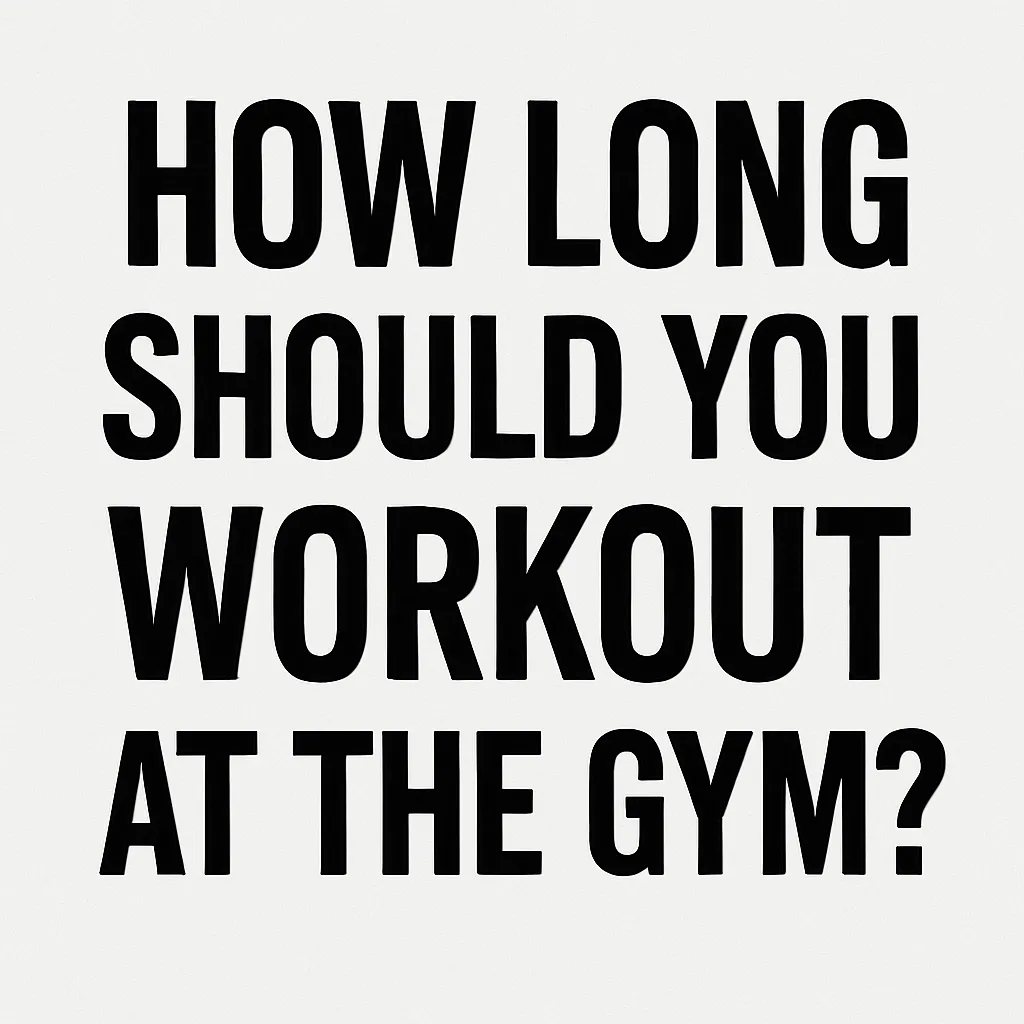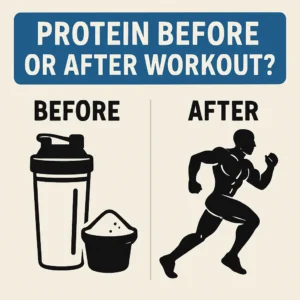Deciding on the ideal workout duration can feel overwhelming, but understanding how long you should spend exercising is crucial for maximizing gains and avoiding burnout. In this article, we explore the factors that influence workout duration, offer recommended gym visit lengths for different fitness levels, and share tips on optimizing your exercise time. Whether you’re a beginner wondering about your first workout duration or an advanced trainer fine-tuning your routine, you’ll find actionable guidance here. By the end, you’ll have a clear idea of how to structure your workout duration to meet your fitness goals, manage exercise time effectively, and improve workout recovery. Let’s dive into the science behind gym visit length and create an exercise plan that works for you.
Factors Influencing Workout Duration
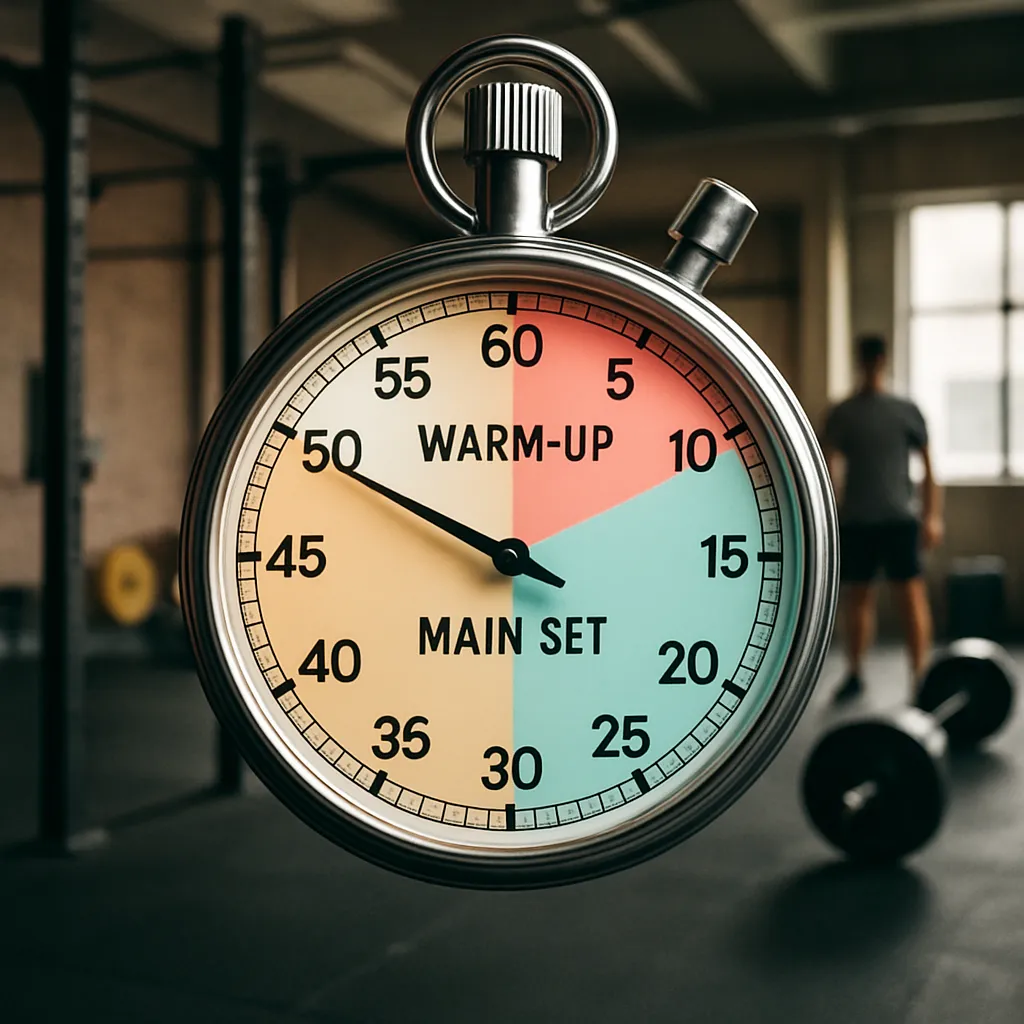
Fitness Goals
Your fitness goals are the primary driver of your workout duration. If your goal is weight loss, you may spend more time on steady-state cardio, gradually increasing your exercise time to burn more calories. Conversely, if you aim to build muscle mass, your gym visit length will revolve around strength training sessions with adequate rest periods between sets. Goals like improving endurance often require longer sessions, including both aerobic and anaerobic components. Understanding whether you want to boost cardiovascular health, increase strength, or enhance flexibility will directly impact how long you workout. Tailoring your workout duration to align with your specific fitness goals ensures each minute in the gym counts. Always set SMART goals—Specific, Measurable, Achievable, Relevant, and Time-bound—to structure your exercise time effectively.
Type of Exercise (e.g., Cardio vs. Strength Training)
The type of exercise you choose determines both intensity and duration. Cardio workouts—like running, cycling, or rowing—typically require longer durations to achieve cardiovascular improvements and effective calorie burn. A moderate-intensity cardio workout might last anywhere from 30 to 60 minutes, whereas a high-intensity interval session could be shorter but more demanding. Strength training sessions often focus on sets and reps; they may last 45 to 90 minutes depending on the number of muscle groups targeted and rest intervals required. If you combine cardio and weightlifting in a single gym visit, expect a longer workout duration to accommodate both components. Mixing modalities can optimize fitness gains but also increases overall exercise time. Plan your gym visit length by separating cardio days from strength days or carefully integrating both within your workout duration.
Current Fitness Level
Your current fitness level plays a crucial role in determining safe and effective workout durations. Beginners should start with shorter sessions—around 20 to 30 minutes—to acclimate their bodies to new stresses and reduce the risk of injury. As your fitness level improves, you can gradually bump up your gym visit length, adding 5 to 10 minutes every week or two. Intermediate exercisers might find 45- to 60-minute workouts optimal, balancing intensity with sufficient volume. Advanced trainers, accustomed to high-intensity workouts and volume training, may engage in 60- to 90-minute sessions, including warm-up and cool-down. Listening to your body and monitoring fatigue levels will guide you in adjusting your exercise time appropriately. Overtraining can occur when extending workout durations without proper conditioning, so progress incrementally.
Available Time
Life demands can constrain your available workout time, forcing you to optimize every minute. Busy professionals might only have 30 minutes for their gym visit length, making high-intensity workouts or circuit training an ideal choice. Students or retirees may carve out 60 to 90 minutes, allowing for a more balanced exercise plan. When time is scarce, focus on compound movements and supersets to maximize efficiency within a limited exercise time. If your schedule allows, you can extend your workout duration to include mobility work, flexibility training, or additional cardio. Planning realistic workout durations based on your daily commitments helps maintain consistency. Remember that even shorter sessions—if done frequently—beat sporadic longer workouts in terms of long-term progress.
Recommended Workout Durations
While individual factors vary, general guidelines can help you determine a suitable gym visit length based on your fitness level. Below is a table summarizing recommended workout durations for beginners, intermediates, and advanced trainers, broken down by cardio and strength training components.
| Fitness Level | Cardio Workout Duration | Strength Training Duration | Total Gym Visit Length |
|---|---|---|---|
| Beginners | 20–30 minutes | 20–30 minutes | 40–60 minutes |
| Intermediate | 30–45 minutes | 30–45 minutes | 60–90 minutes |
| Advanced Trainers | 45–60 minutes | 45–60 minutes | 90–120 minutes |
Beginners
When you’re new to the gym, starting with shorter workouts helps clear the mind and build confidence without overwhelming your body. A beginner’s workout duration typically ranges from 40 to 60 minutes, combining light cardio and basic strength training exercises. Focus on learning proper form, mastering foundational movements like squats and push-ups, and gradually increasing weight or resistance. Scheduling two to three sessions per week allows for adequate workout recovery and adaptation. As your fitness level grows, slowly extend your gym visit length by adding more sets or additional exercises. Always prioritize quality over quantity in both exercise time and intensity.
Intermediate
Intermediate gym-goers have built some endurance and foundational strength, allowing for longer and more varied workouts. Aim for 60 to 90 minutes per session, splitting time evenly between cardio and strength training or focusing on one modality per visit. At this stage, introduce advanced techniques like supersets, drop sets, and varied rep schemes to challenge muscles and improve cardiovascular efficiency. Ensure you include proper warm-up and cool-down segments—about 5 to 10 minutes each—to reduce injury risk. Intermediate exercisers often train four times a week, alternating muscle groups and workout types. Adjust your exercise time every few weeks to prevent plateaus and continue progressing toward your fitness goals.
Advanced Trainers
Advanced trainers often treat the gym as a destination for focused, high-volume training sessions. Typical workout durations for this group span 90 to 120 minutes, allowing for specialized training splits—such as push/pull/legs—or combining strength and high-intensity workouts in one visit. Advanced exercisers pay close attention to periodization, varying exercise time and intensity across mesocycles. Longer rest intervals between heavy sets may also extend overall gym visit length. Nutrition timing, pre-workout supplements, and mobility work become integral parts of the routine. With advanced training, listening to your body and recognizing signs of fatigue or overtraining is essential to maintain performance and prevent injury.
Optimizing Your Workout Time
High-Intensity Workouts
High-intensity workouts maximize calorie burn and cardiovascular gains in minimal time, making them ideal if you’re limited on gym visit length. Techniques like HIIT (High-Intensity Interval Training) alternate bursts of all-out effort with active recovery, creating an efficient exercise plan. A typical HIIT cardio workout may last only 20 to 30 minutes but equate to a longer steady-state session in terms of calorie expenditure. You can also apply high-intensity principles to strength training by performing circuits or AMRAP (As Many Reps As Possible) sets. While these sessions shorten overall exercise time, they demand intense effort and heightened focus on form. Integrating high-intensity workouts 1–2 times per week can boost endurance and metabolic rate without drastically increasing workout duration.
Rest and Recovery
Optimizing workout duration also means planning for rest and recovery. Rest days are as important as training days—muscles grow and recover when you’re off the gym floor. Incorporating rest days into your weekly exercise plan prevents overtraining and reduces injury risk. For example, if you train five days per week, schedule two non-consecutive rest days or active-recovery days with light cardio or mobility drills. Techniques like foam rolling, stretching, and adequate sleep support workout recovery. Proper nutrition—especially protein intake—plays a significant role in muscle repair after intense sessions. Balancing workout time with planned rest days ensures long-term progress and sustainable gym habits.
Effective Workout Planning
Strategic planning is key to making the most of your exercise time. Structuring each session with clear objectives helps maintain focus and reduces downtime between exercises. Before stepping into the gym, outline your exercises, sets, and reps, and stick to a timeline. Tracking your workouts using a training log or fitness app can reveal patterns and areas for improvement. If your gym visit length is limited, prioritize compound movements over isolation exercises for maximal efficiency. Consider periodization models—such as linear, undulating, or block periodization—to vary workout duration and intensity over weeks. Below is a simple list of steps to create an effective exercise plan that respects your available time:
- Define Your Weekly Workout Duration: Determine total exercise time per week and divide by session count.
- Select Key Exercises: Choose compound movements to maximize muscle engagement.
- Allocate Time Blocks: Assign specific minutes to warm-up, main lifts, accessory work, and cool-down.
- Set Intensity Levels: Balance high-intensity intervals with moderate-intensity steady-state for cardio.
- Review and Adjust: After several weeks, assess progress and tweak durations or exercises as needed.
Common Questions
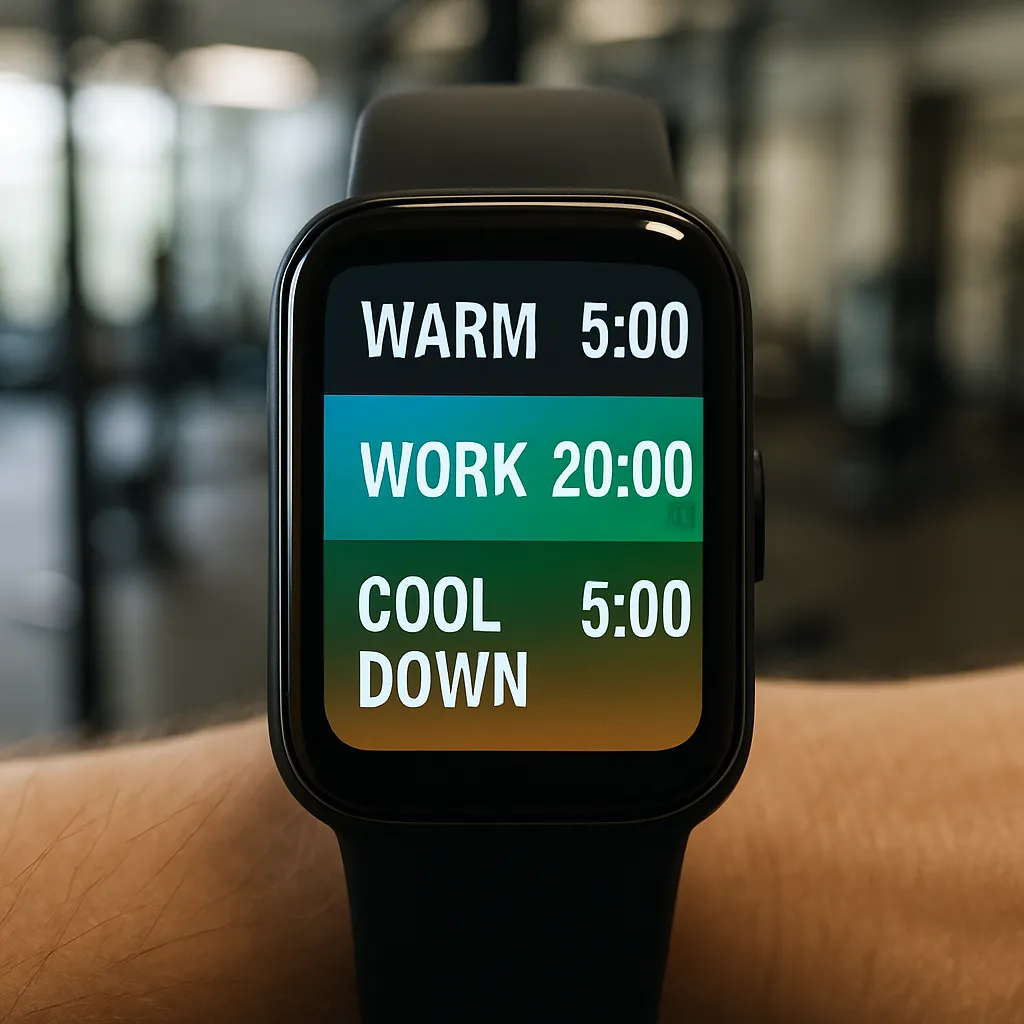
Is It Bad to Work Out Every Day?
Many fitness enthusiasts wonder if daily gym visits hinder or help their progress. While exercising every day can build consistency, it also raises the risk of overtraining if not managed properly. If you choose to work out daily, vary the intensity and focus—alternate between high-intensity workouts, strength training, and active-recovery sessions. Listen to your body: persistent soreness, fatigue, or declining performance are signs you might need more rest. Cycling intensity and incorporating mobility work can keep workout duration safe and effective. Ultimately, working out every day is not inherently bad, but workout recovery must be prioritized to maintain long-term health and gains.
How Many Rest Days Should I Have?
The ideal number of rest days varies by individual and training intensity. Rest days allow muscles to repair and adapt, directly impacting your capacity for future workout duration. Here are common guidelines to structure rest days effectively:
- Beginner: 2–3 rest days per week, interspersed between training sessions.
- Intermediate: 1–2 rest days per week, potentially replacing one rest day with active recovery.
- Advanced: 1 rest day per week, supplemented by active-recovery or mobility-focused sessions.
Active recovery might include light cardio, yoga, or stretching, supporting blood flow and flexibility without taxing muscles. Signs you need an extra rest day include prolonged muscle soreness, sleep disturbances, and decreased motivation. Adjust your workout duration and exercise time based on how you feel, and consult a fitness professional for tailored guidance.
Final Thoughts
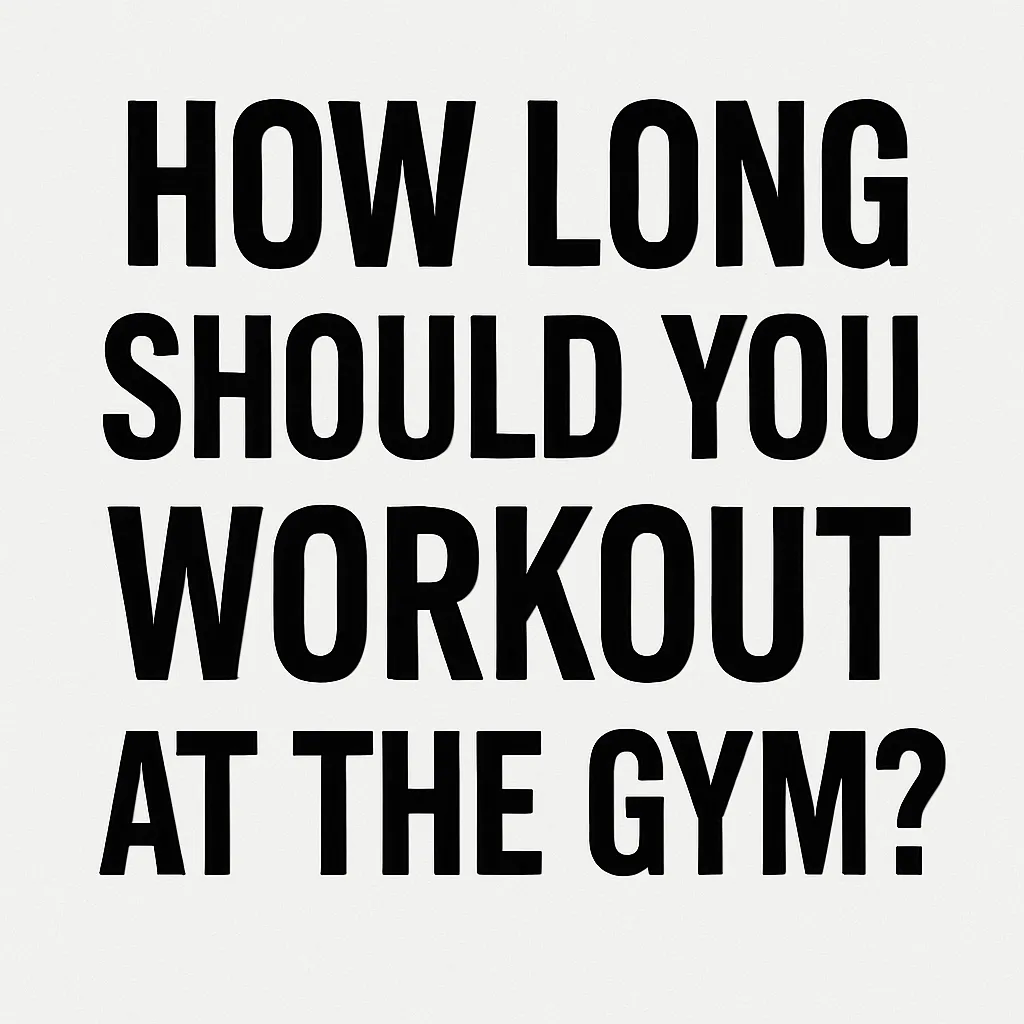
Determining how long you should workout at the gym depends on multiple factors: your fitness goals, type of exercise, current fitness level, and available time. Beginners may thrive with 40–60 minute sessions, while advanced trainers might extend to 90–120 minutes with complex routines. Optimizing workout duration involves balancing high-intensity workouts with adequate rest and effective planning. Remember, quality of exercise time often outweighs quantity—focus on form, consistency, and gradual progression. What does your ideal gym visit length look like? Share your workout tips and questions in the comments below, and keep us posted on how adjusting your exercise time helps you reach new milestones!
